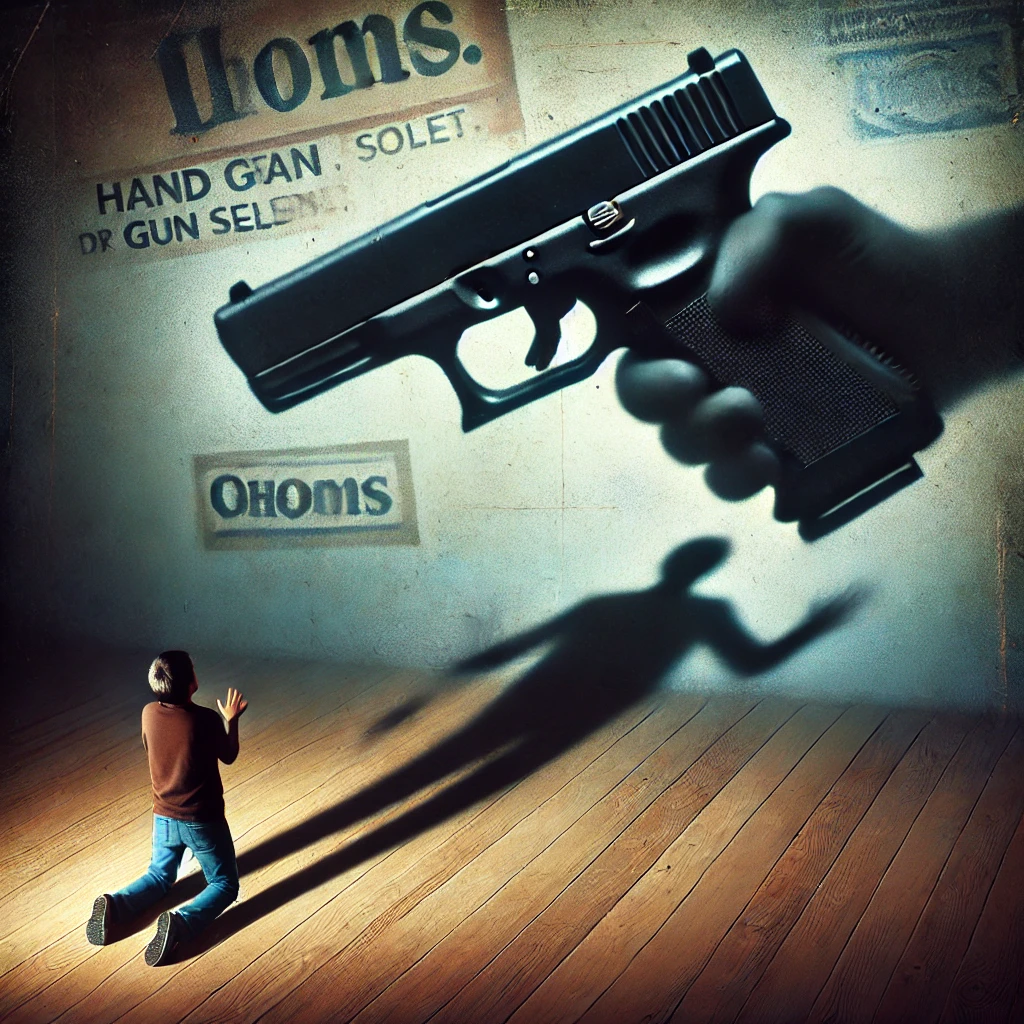Your cart is currently empty!

Selling Guns Through Fear
Examining marketing tactics that sell guns through fear can reveal how certain strategies leverage emotions to drive sales. Here are a few key tactics often employed:
- Fear of Personal Safety: Gun marketing frequently appeals to a potential buyer’s concern for their own safety and security. Ads may highlight statistics about crime rates or personal safety risks, suggesting that owning a gun is the best way to protect oneself and one’s family. This approach aims to create an emotional connection by amplifying the perceived danger around potential buyers.
- “Us vs. Them” Narratives: Some campaigns use polarizing language to position gun ownership as a necessary defense against perceived threats, often framing it as a protective measure against various “others” who may bring harm. This can include messages that emphasize protection against criminal elements, government overreach, or groups portrayed as “outsiders,” stoking fear to create urgency in potential buyers.
- Empowering “Hero” Identity: Gun ads often suggest that owning a gun transforms the buyer into a protector or hero figure, appealing to their sense of duty and control over dangerous situations. This taps into a primal desire for empowerment and can encourage a perception that the gun itself embodies the power to face feared situations.
- Urgency and Scarcity: Marketing messages may create a sense of urgency by suggesting that guns or specific models may soon be unavailable due to potential legislative changes. This tactic uses fear of future scarcity to prompt immediate purchases, as buyers worry they might lose access to firearms that are currently within reach.
- Protection of Rights: A common angle in gun marketing is the framing of gun ownership as not just a personal right, but one that is under threat. By portraying gun ownership as a threatened freedom, campaigns foster a “now-or-never” mentality, making it feel imperative for individuals to act before rights are restricted.
- Visuals and Language: Many advertisements use bold visuals and language that evoke fear, like dark imagery or intense fonts, paired with phrases like “Protect what’s yours,” or “Stay prepared.” These visual cues intensify the message of personal threat and position gun ownership as the solution to maintain safety in a dangerous world.
Understanding these tactics can provide insight into how emotional appeals shape consumer behavior and influence perceptions of guns as both symbols of safety and power.
